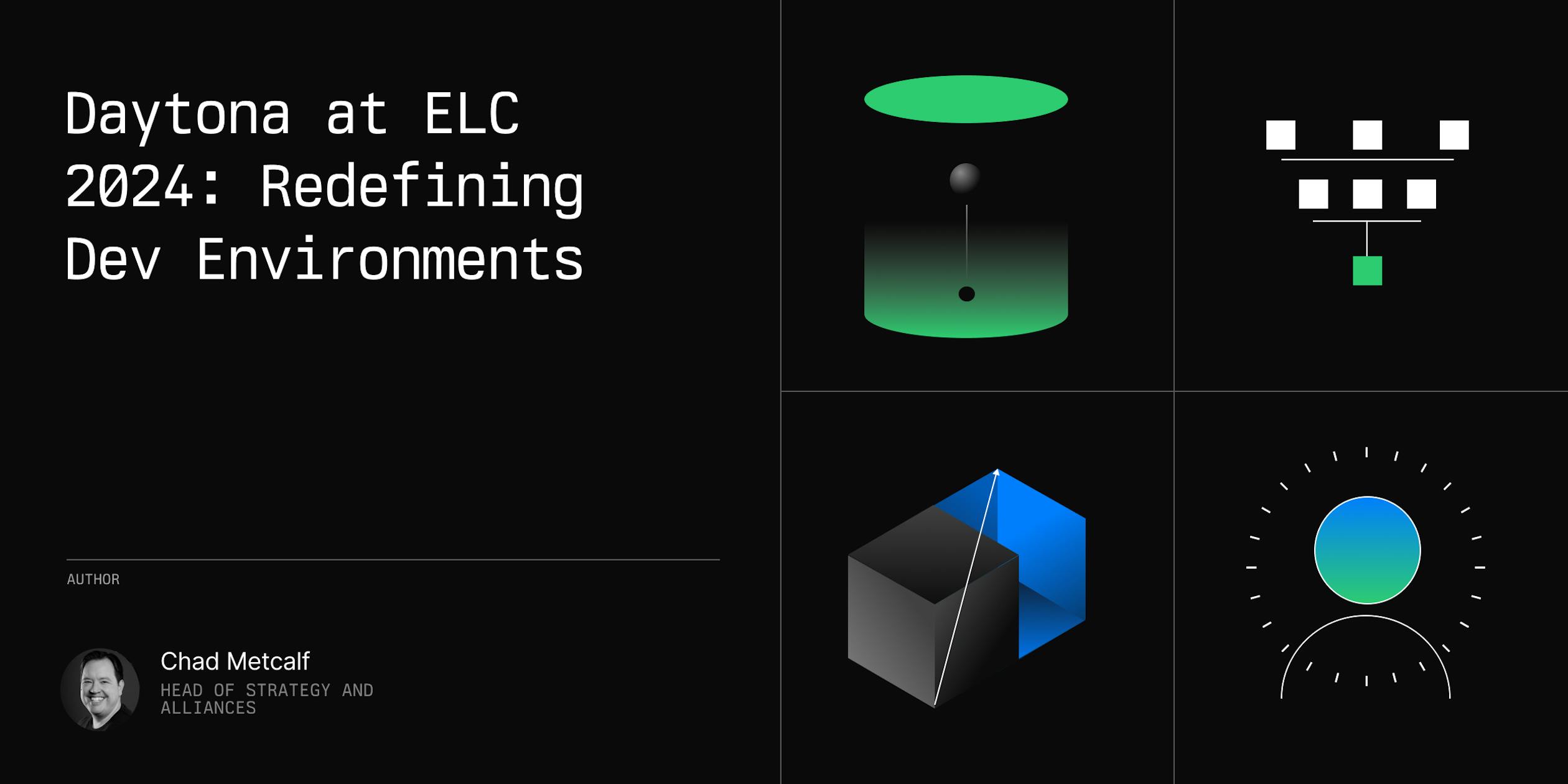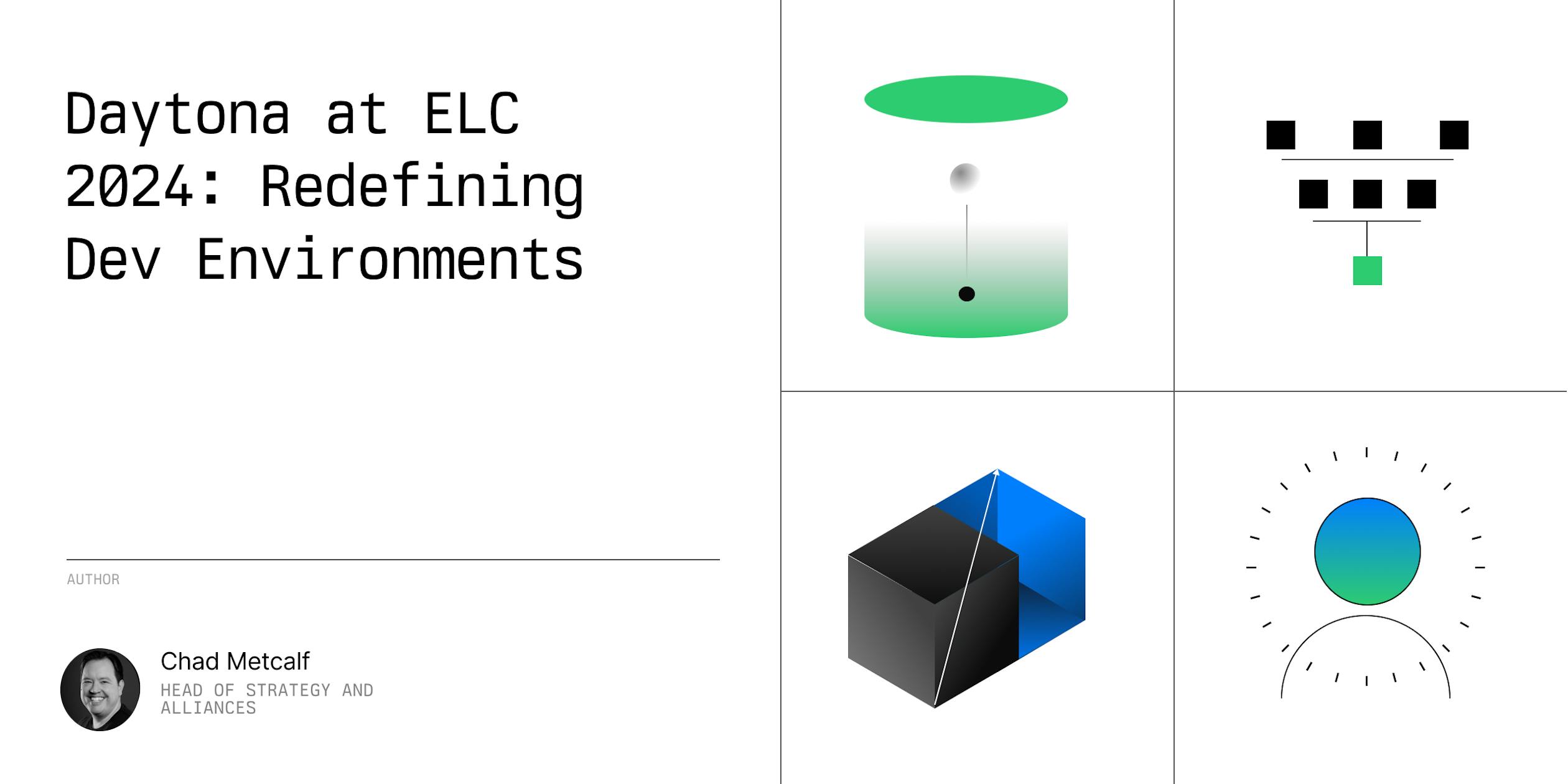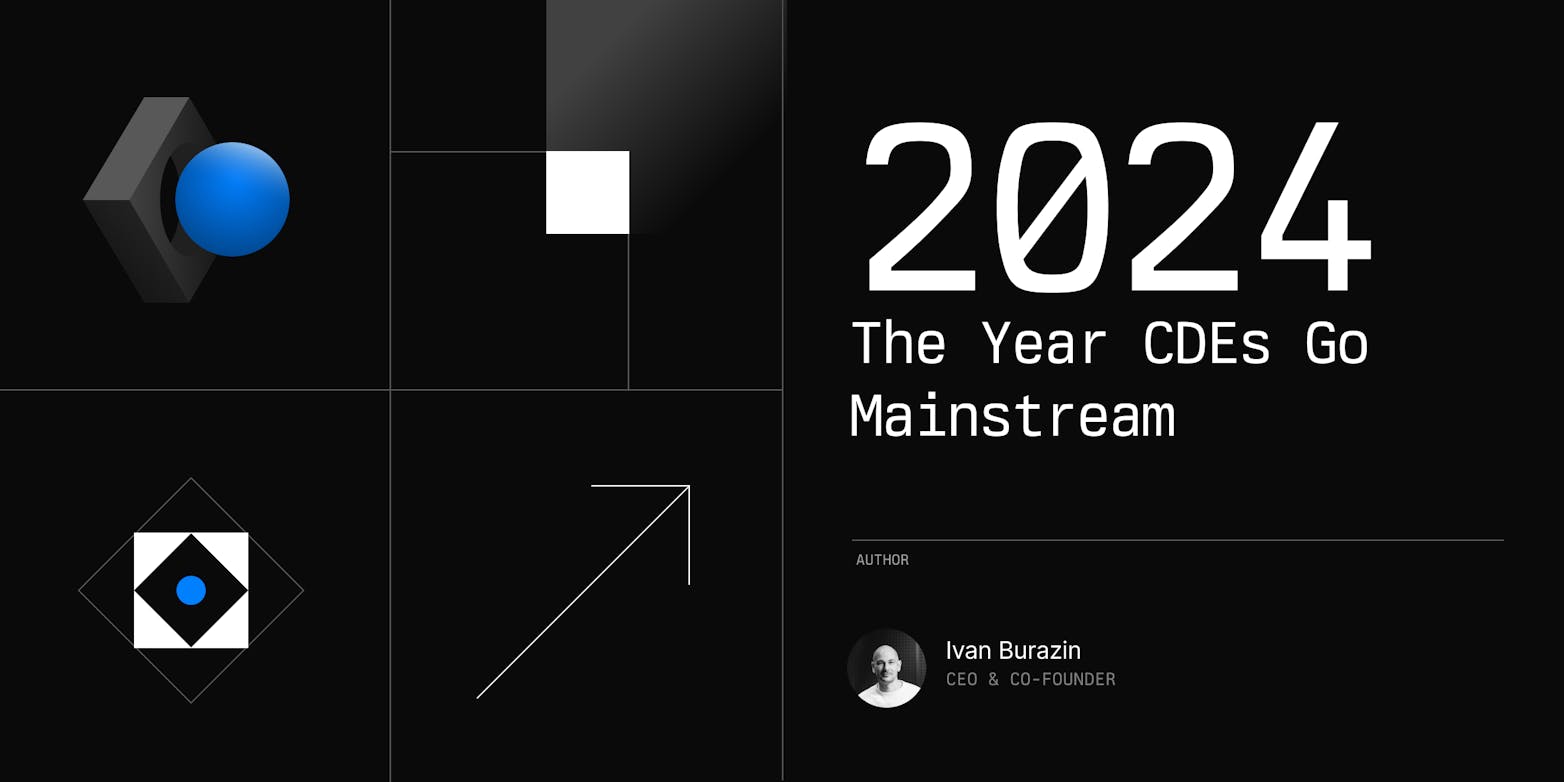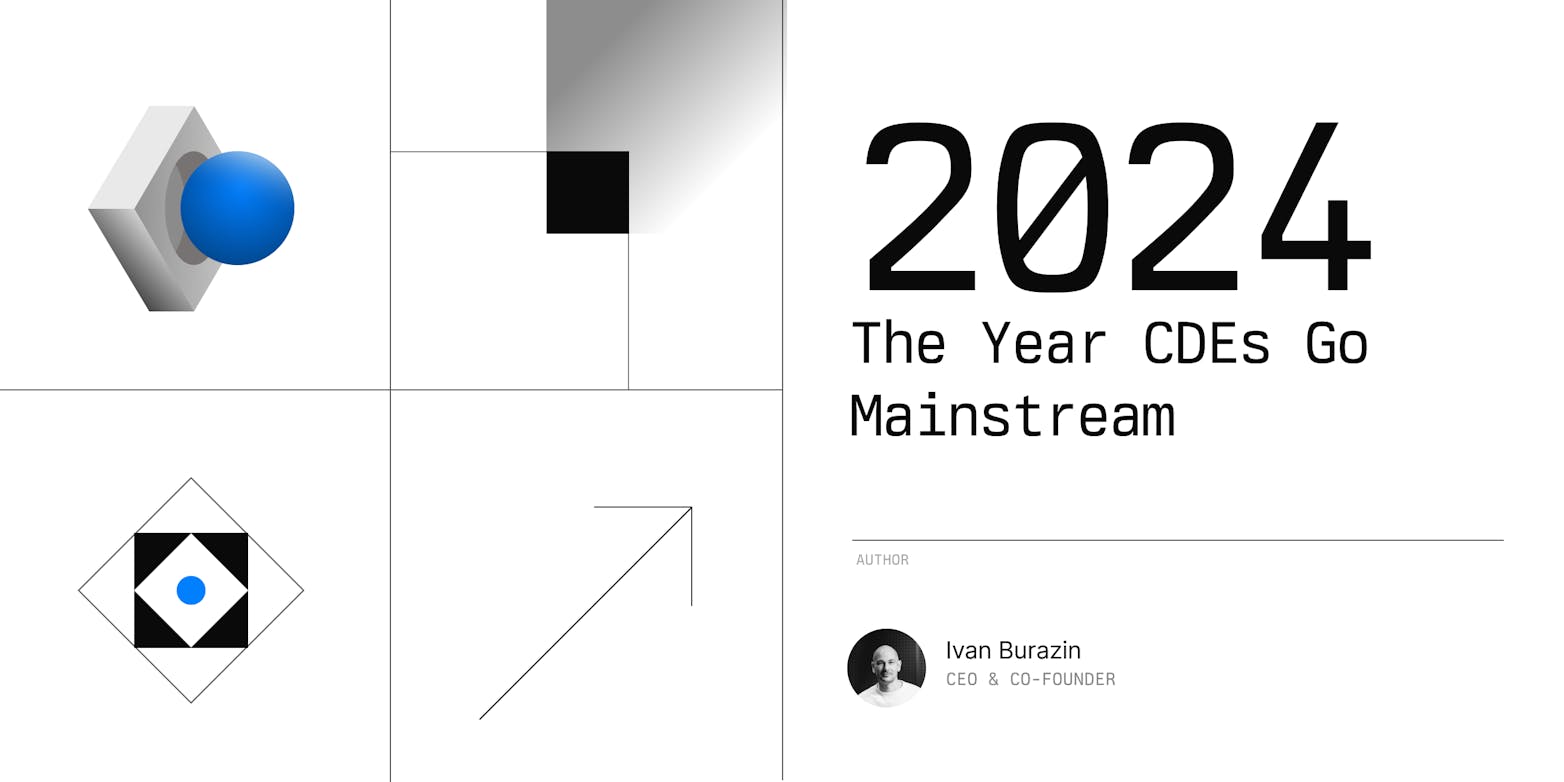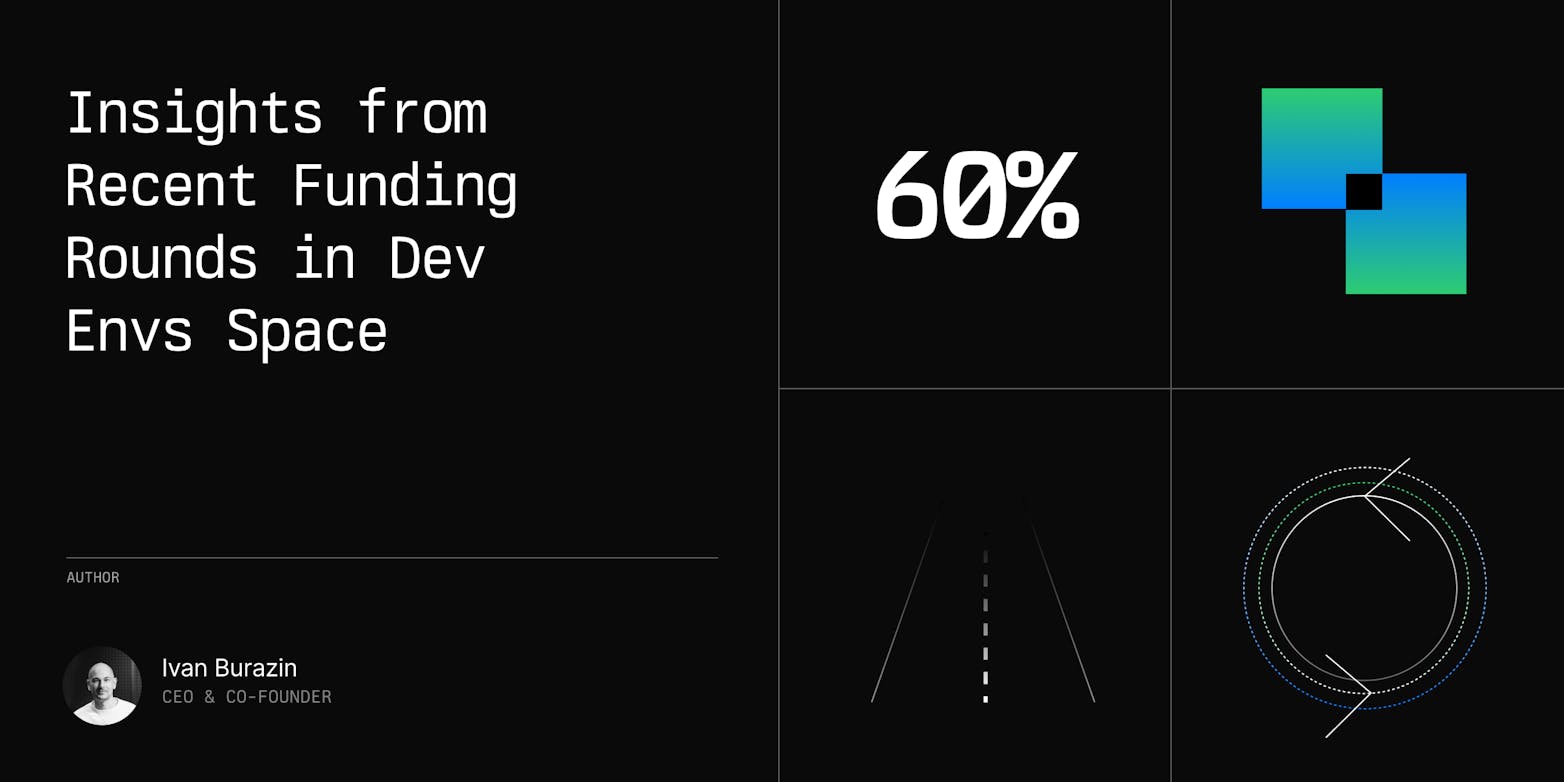I recently had the opportunity to present Daytona at the ELC Annual 2024 event in San Fransciso. I'm keen to share the valuable insights and experiences I gained from that talk, where I'll be exploring in-depth what Daytona has to offer and why it's simplifying the world of development environment management.
Daytona: Bridging the Gap Between Local and Remote Development
At its core, Daytona is a development environment manager. However, its flexibility differentiates it from solutions like Coder or GitHub Codespaces. Daytona doesn't force you to choose between local or remote environments—it seamlessly supports both. The hybrid approach is vital in navigating today's development complexities.
Why does this matter? Well, consider a team with varying resource needs. Some developers require powerful GPUs for their work, necessitating a remote setup. Others might work on less resource-intensive projects that can run comfortably on a laptop. With Daytona, you can cater to both scenarios without compromise. There's no need to spin up expensive remote resources for every developer if it's not necessary.
Security and Governance: A Top Priority
I emphasized Daytona's strong focus on security and governance during my presentation. Many of our customers operate in highly regulated industries with strict requirements about where and how code can be developed. Daytona addresses these concerns head-on.
We've built robust controls that allow organizations to enforce specific workload placements. Should certain projects be developed only in a particular data center or geographical location? Daytona makes that possible. This level of control is invaluable for companies dealing with sensitive data or compliance requirements.
Meeting Developers Where They Are
One of Daytona's core philosophies is adapting to developers' preferences rather than forcing them into a new workflow. Whatever repository, cloud target, IDE, or even AI code assistant a developer prefers, Daytona aims to support it. This flexibility is crucial for adoption and developer satisfaction.
The Demo: Seeing is Believing
During the event, I gave a live demonstration of Daytona's capabilities. I logged into the enterprise version of Daytona, which is designed for teams looking to standardize their development environments. (It's worth noting that there's also an open-source version available for individual developers to try out.)
I walked through the process of creating a new workspace, showcasing how easy it is to select a repository, choose an IDE (in this case, VS Code in a browser), and even inject custom dotfiles for personalized setups. The speed at which Daytona spun up a fully functional development environment was impressive - complete with the application running and a preview window ready.
One of the standout features I demonstrated was the ability to make ports public, generating a shareable link. This capability is invaluable for collaboration, allowing developers to easily share their work with colleagues for troubleshooting or code reviews.
If you're interested in learning more or seeing Daytona in action, I encourage you to check out the video recording of my demo.
The Power of Disposable Environments
A key advantage of Daytona is the concept of disposable environments. Developers can create an environment per PR, per project, or for any specific need. They can throw it away when they're done and start fresh next time. This approach ensures clean, consistent environments for every task, eliminating the "it works on my machine" problem.
Under the Hood: Technology and Integration
During the Q&A session, I delved into some technical details. Daytona uses Dev Containers as the standard for defining development environments, which provides robust capabilities and compatibility with popular IDEs like VS Code and JetBrains.
On the backend, Daytona adapts to the host environment. In scenarios with nested virtualization, Firecracker is used for enhanced isolation. In environments like Amazon, where nested virtualization isn't available, it falls back to sysbox.
For developers and DevOps teams, the experience is akin to working with Docker containers. This familiarity makes it easy to lift existing workflows and adapt them to Daytona, promoting self-service and reducing the need for complex infrastructure management.
Conclusion: A New Era of Development Environment Management
Daytona represents a significant step forward in how we think about and manage development environments. It addresses many of the pain points teams face today by offering flexibility, security, and a developer-first approach.
Whether you're dealing with resource-intensive projects, strict security requirements, or want to simplify your development workflow, Daytona offers a solution that adapts to your needs rather than forcing you to adapt to it.
The future of development is flexible, secure, and developer-centric. With Daytona, that future is here today.

